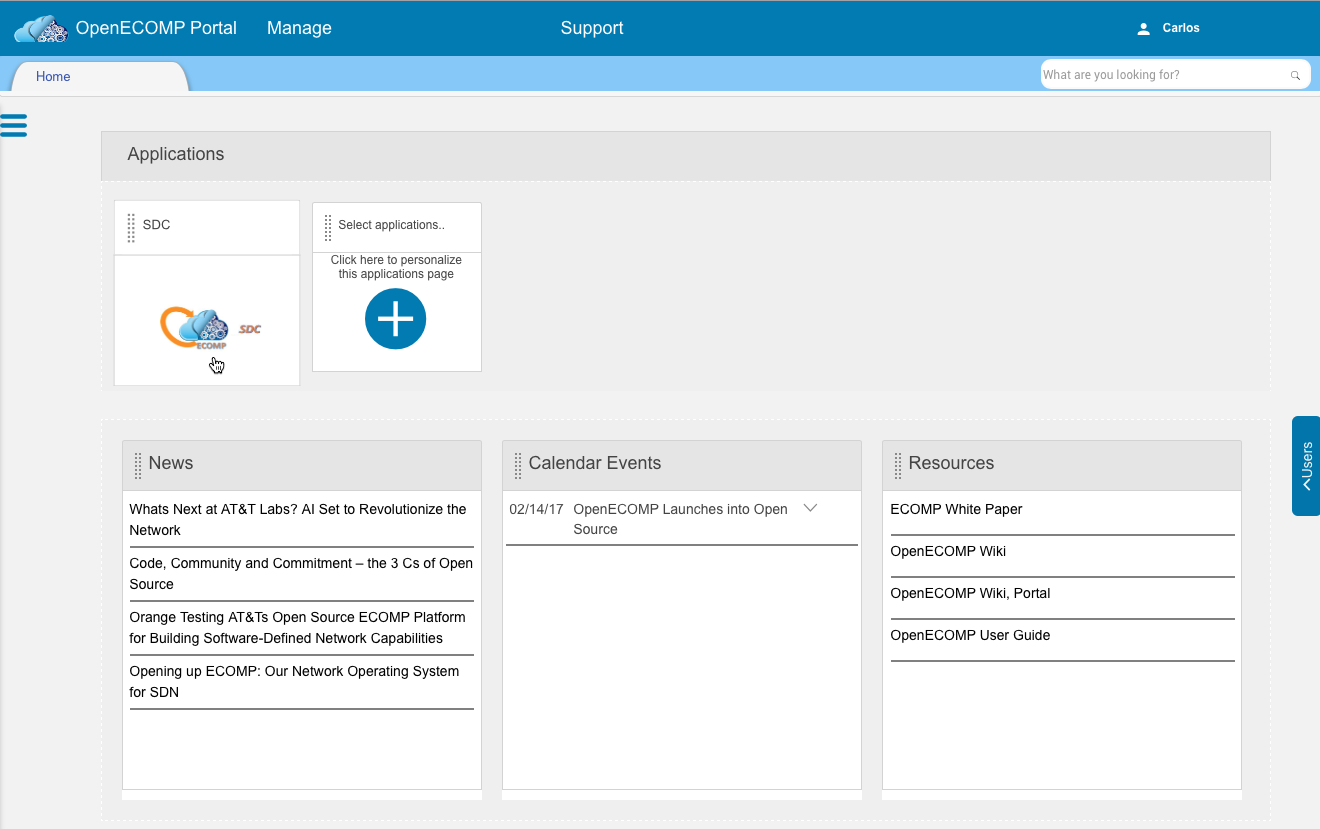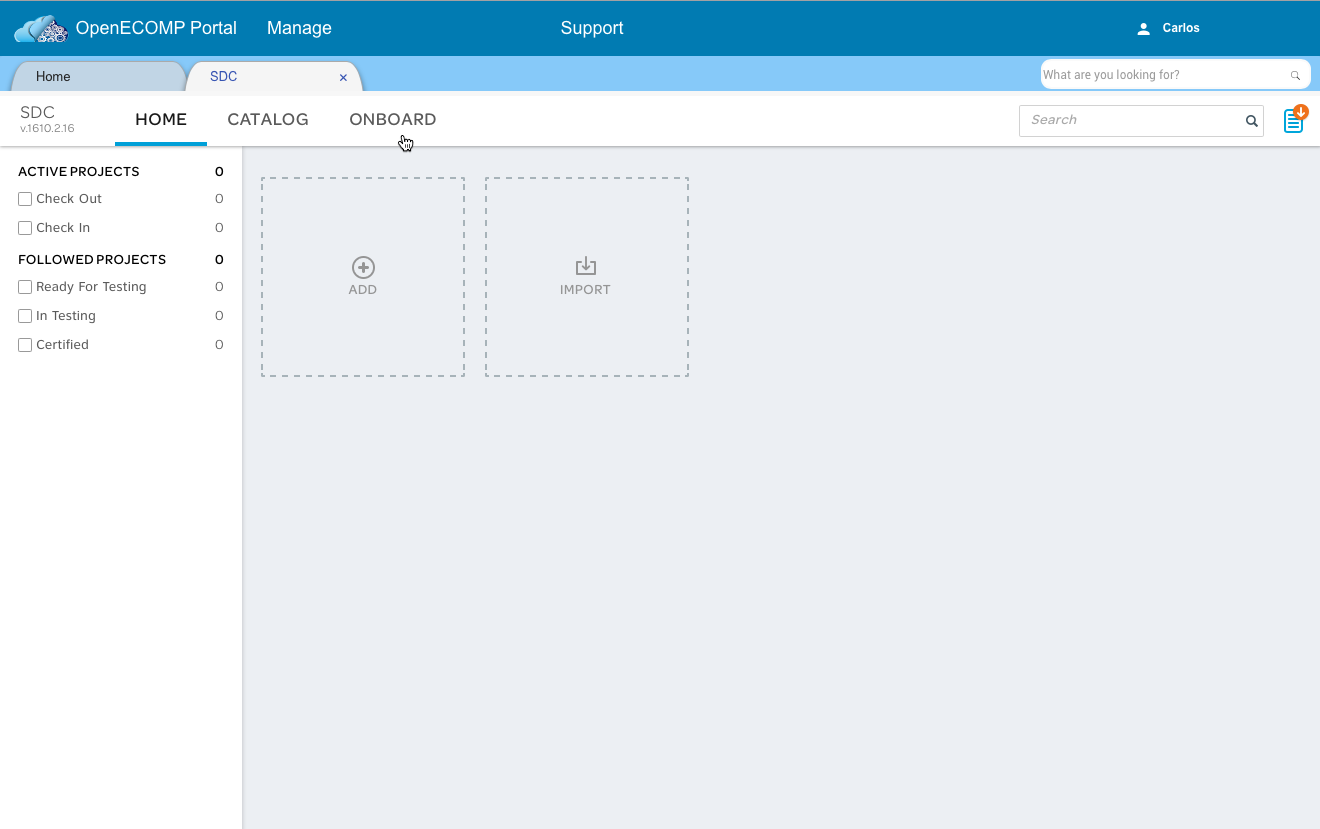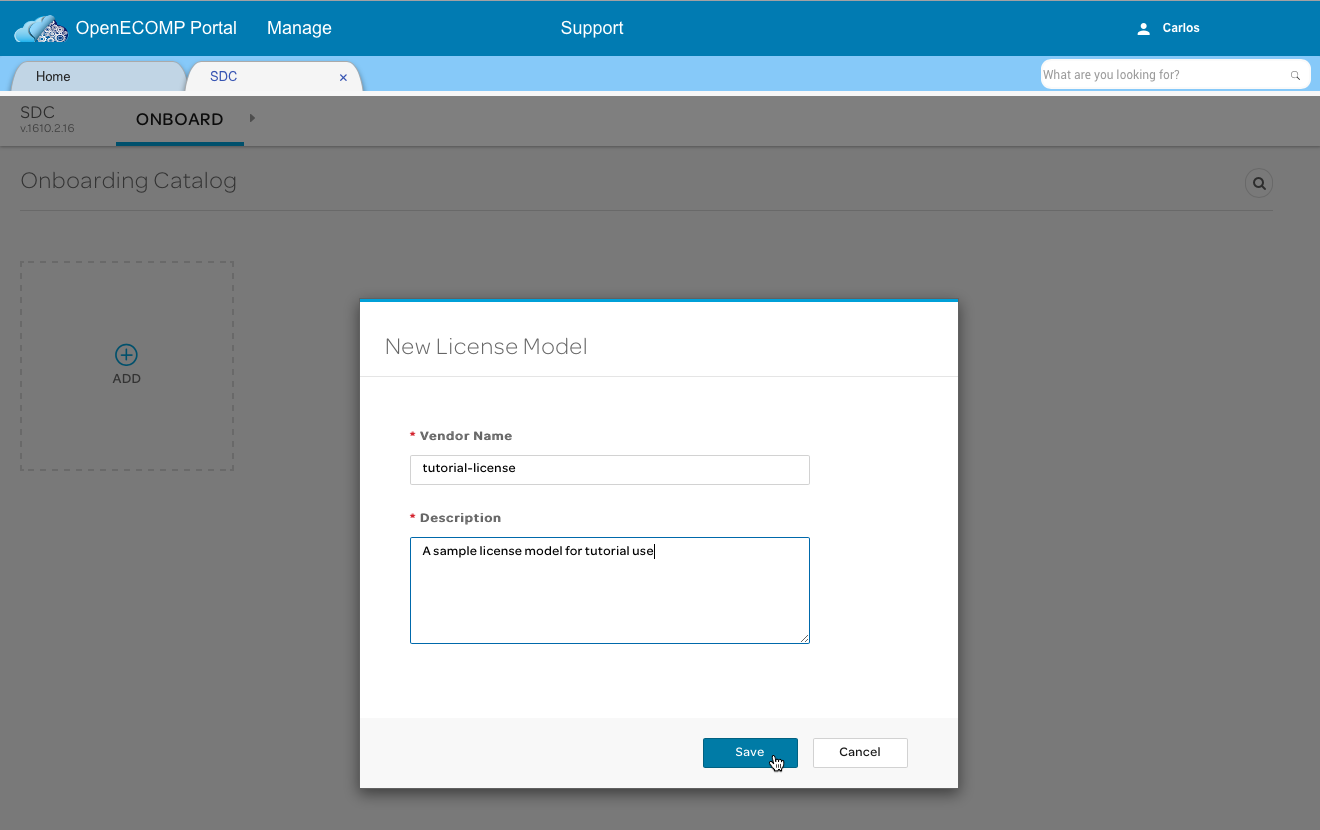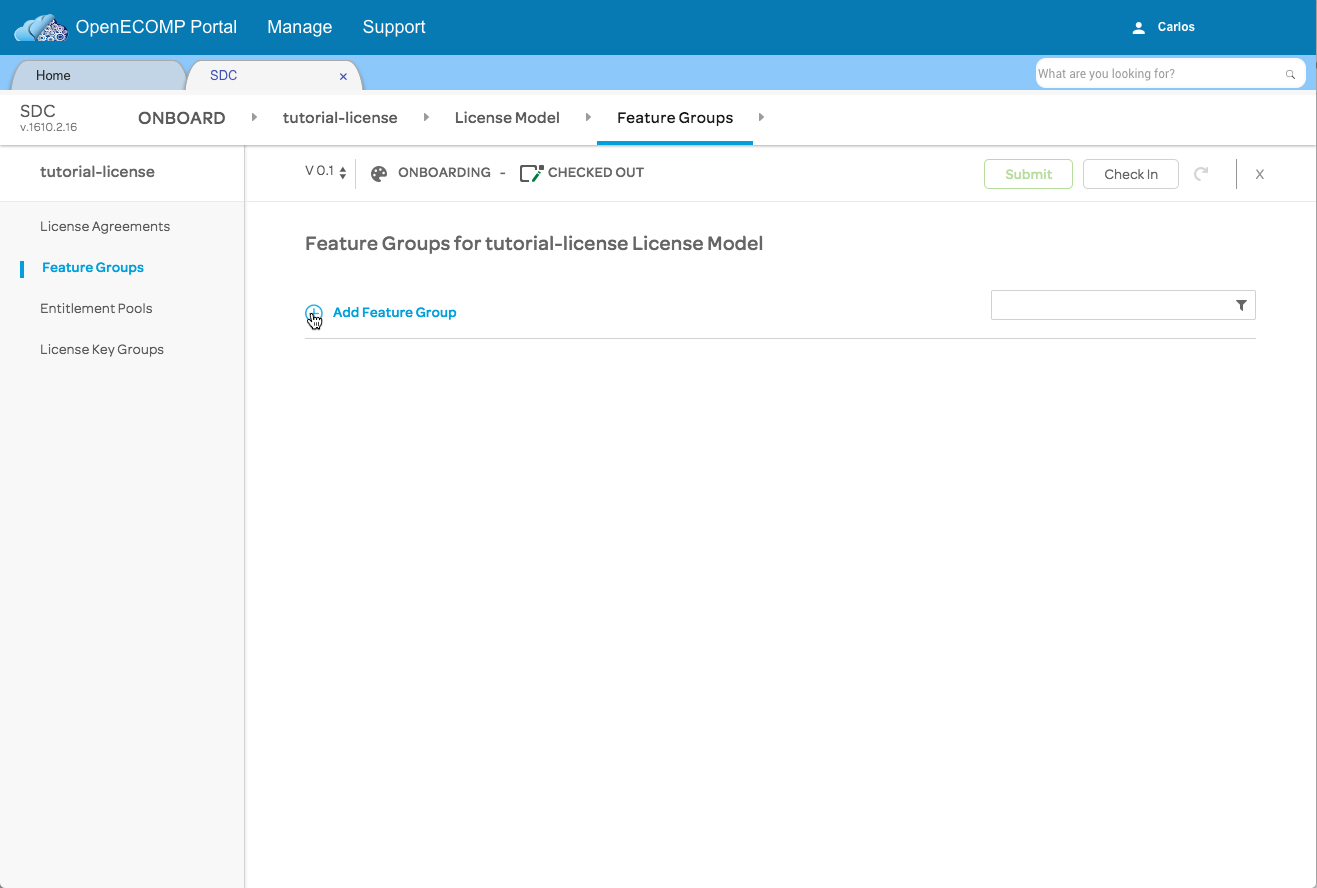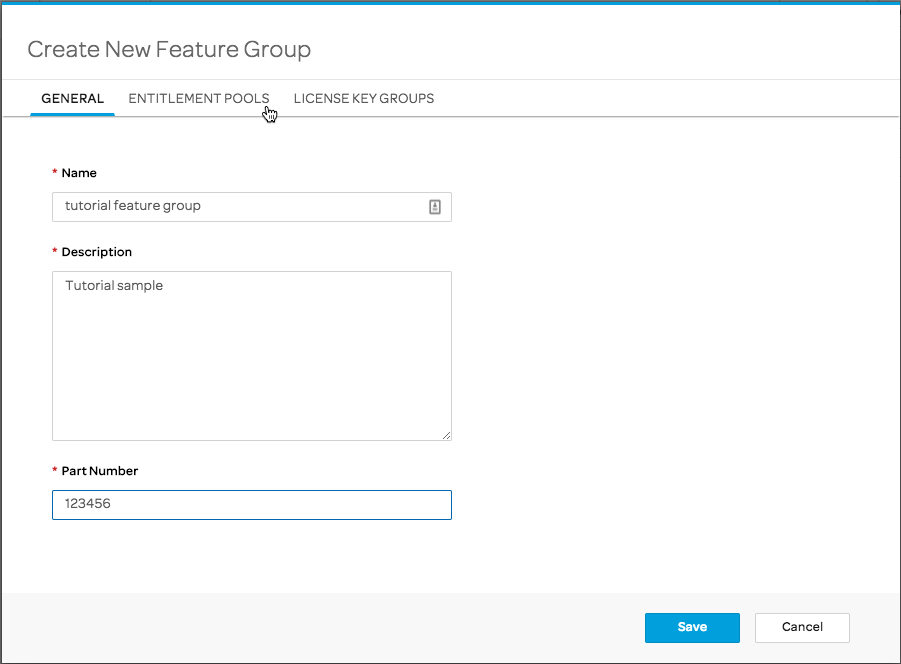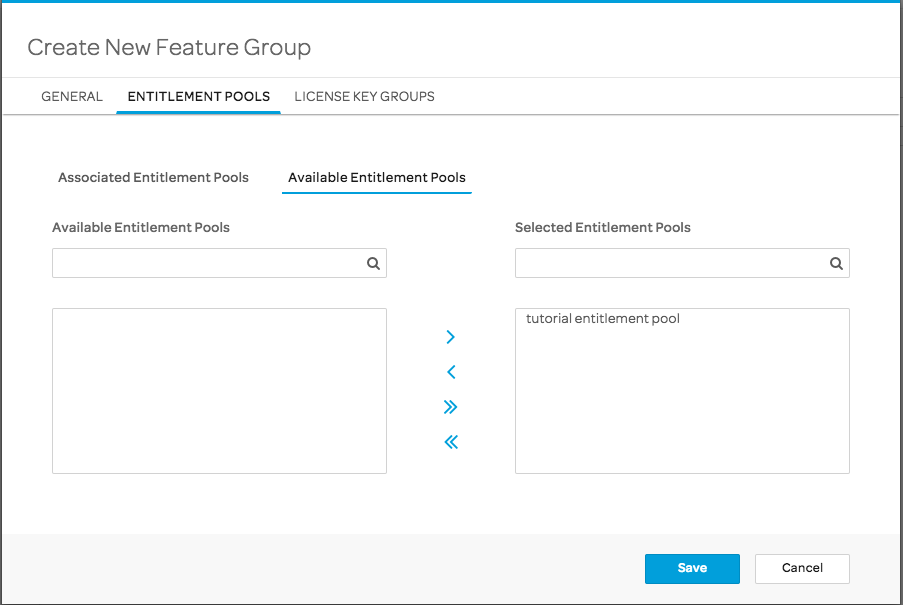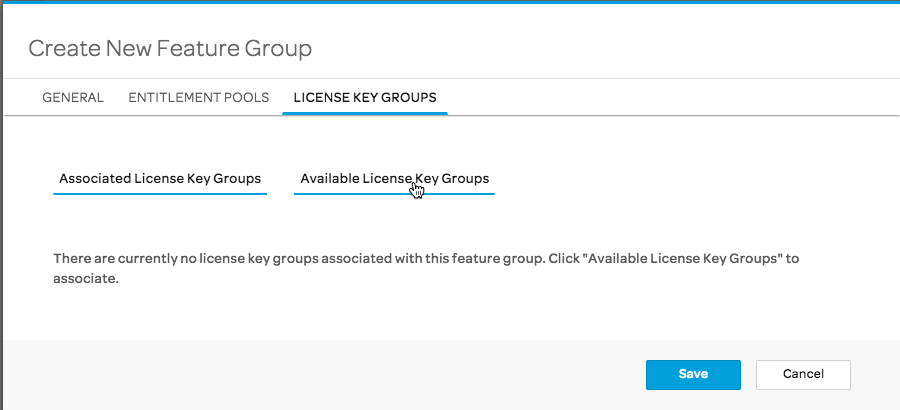This tutorial covers using the ONAP portal to onboard and distribute a prebuilt virtual network function, in this specific case, a firewall application which will throttle traffic through the ports it controls if the bandwidth being consumed goes above a certain threshold, and then open up the ports when traffic moderates below a "low tide" value.
The actual design of the virtual service using the Design Studio will be covered in a future tutorial.
Note that the ONAP Portal's SDC subsystem does not work correctly in the OS X Safari browser.
Roles in the Onboarding and Distribution Workflow
Typically, the workflow involved in designing, onboarding, and distributing a virtual service is compartmentalized, and through the course of this tutorial, we will be dividing the work up among four sample "users" included in the based ONAP environment by default:
cs0008: the "Designer" role, responsible for the design and configuration of the servicejm0007: the "Tester" role, responsible for testing a proposed distribution and approving or rejecting itgv0001: the "Governor" role, responsible for approve the actual distribution of a virtual serviceop0001: the "Ops" role, responsible for performing the actual distribution of an approve virtual service
All of these user IDs share the same password, demo123456!
For the first steps, we will log into the ONAP Portal as our Designer, cs0008. The home screen will be similar to what we saw in the previous tutorial. All the next steps will be under the designer until mentioned otherwise. Click on the SDC icon.
1.1
1.0
This will log you into the SDC and open its home page in a new tab. Click on "Onboard".
Creating a License Model
This takes you to the (currently empty) onboarding catalog. When you hover over the gray "Add" box with the plus button, two new buttons will appear: "New License Model" and "New Vendor Software Product". We need to create a license model for our distribution first, so click on the "New License Model" button:
A pop-up dialog will appear, as shown below. Both fields are required, the "Vendor Name" is used for identification purposes as we proceed. Fill in the form and click the "Save" button.
This takes us to the configuration page for the license model we're creating. We'll start by clicking on the "License Key Groups" link in the left-hand sidebar.
Click on "Add license key group".
Fill in the "Vendor Name" and "Description" fields, select "Network-wide" from the "Operation Scope" pop-up
Select "Universal" from the "Type" pop-up. Click on "Save".
The new license key group will be displayed. Click on the "Entitlement Pools" link in the sidebar.
Click on "Add entitlement pool".
A dialog for configuring the entitlement pool now appears. Fill in the "Name", "Description", and "Manufacturer's Reference Number" values; again, these are used purely for identification. The "Increments" box can be left blank.
There are a number of configuration parameters available on the right side of the form, and a fuller discussion of those can be found in the "ONAP User Guide". For the purposes of this tutorial, we're again choosing "Network-wide" as the "Operational Scope", an "Absolute" threshold of 100, "CPU" entitlement metric, an aggregation function of "Other" with a value of "tbd", and a time value of "Month".
Save the new entitlement pool, and click on the "Feature Groups" link in the sidebar.
Click on "Add Feature Group".
Fill in a name, a description, and a manufacturer's part number. Then click on "Entitlement Pools" in the top bar of the dialog.
Click on "Available entitlement pools".
Select the entitlement pool we created, and use the right-facing arrow icon to move it over to the "Selected Entitlement Pools" list on the right. Next, click on "License Key Groups" in the top bar.
Click on "Available license key groups".
In the same way, select the license key group we created from the list of available ones on the left and use the right arrow icon to move it to the "Selected License Key Groups" list on the right. Click "Save".
Our Feature Group has been created. Click on the "License Agreements" link in the side bar.
Click on "Add license agreement".
Fill in the resulting form. We've chosen "Unlimited" for the terms of the license. Click on "Feature Groups" in the top bar.
Select the "tutorial feature group" we created from the list of available feature groups and use the right-arrow icon to move it to the list of "Selected Feature Groups". Click on "Save".
Now, use the "Check In" button to check in our new license model.
The "Check In" button will change to read "Check Out", and the "Submit" button will become active. Click on "Submit".
An alert will briefly appear to confirm that the license has been successfully submitted. We can now create a new vendor software product (VSP) for onboarding and distribution.
Click the "Onboard" link in the breadcrumb trail under the SDC tab to return to the onboarding catalog (where our new license is showing, now with a version number of 1.0).

